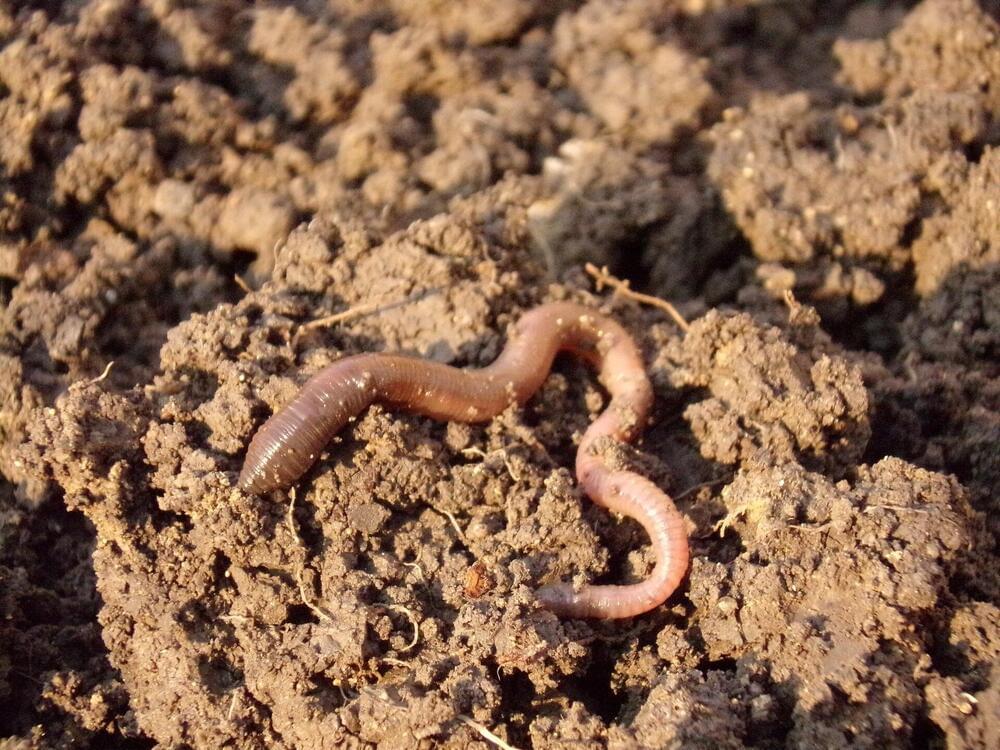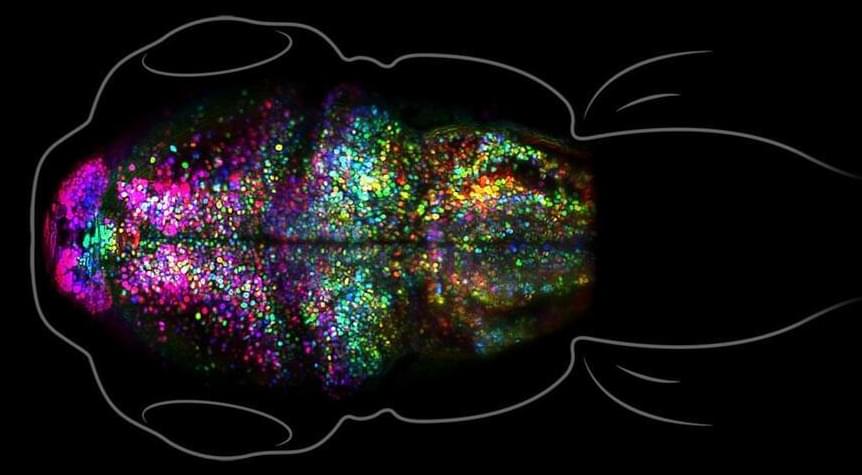A mini brain with trillions of petaflops in your pant pocket? Sounds Good!
“This is what we’re announcing today,” said Knowles. “A machine that in fact will exceed the parametric capacity of the human brain.”
That next-gen IPU, he said, would realize the vision of 1960s compute scientist Jack Good, a colleague of Alan Turing’s who conceived of an “intelligence explosion.”
Those synapses are “very similar to the parameters that are learned by an artificial neural network.” Today’s neural nets have gotten close to a trillion, he noted, “so we clearly have another two or more orders of magnitude to go before we have managed to build an artificial neural network that has similar parametric capacity to a human brain.
The company said it is working on a computer design, called The Good Computer, which will be capable of handling neural network models that employ 500 trillion parameters, making possible what it terms super-human ultra-intelligence.
The Bow is the first chip to use what’s called wafer-on-wafer chip technology, where two die are bound together. It was developed in close collaboration with contract chip manufacturing giant Taiwan Semiconductor Manufacturing.
The chip can perform 350 trillion floating point per second of mixed-precision AI arithmetic, said Knowles, which he said made the chip the highest-performing AI processor in the world today.







